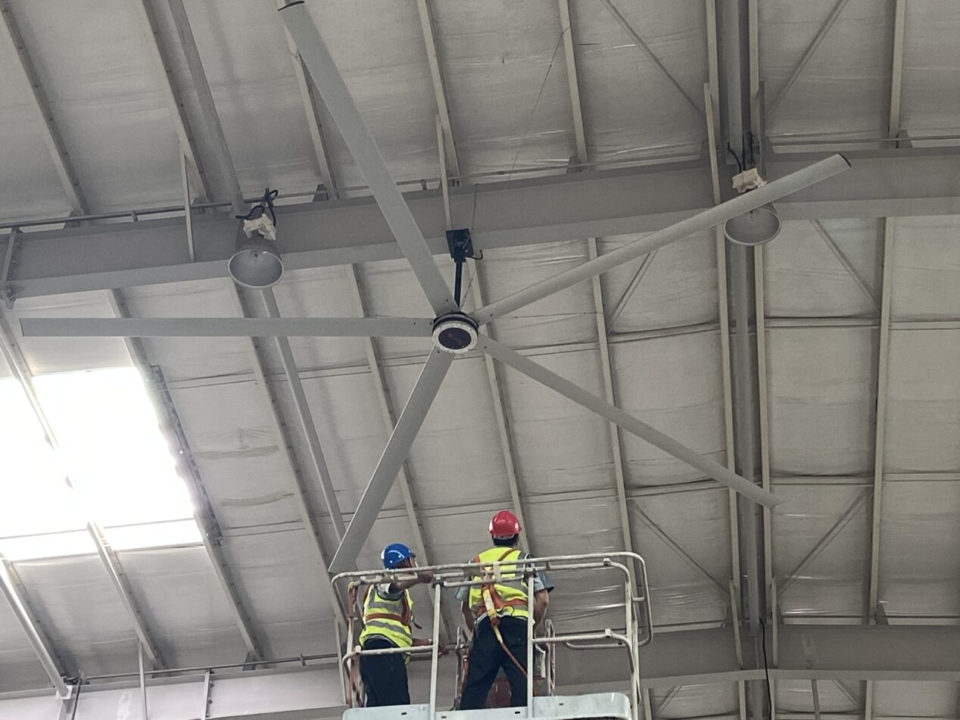Based on the data from 2023, the Australian Energy Regulator has revealed a substantial increase in electricity prices, projected to rise by approximately 20% and 22% in the upcoming year. Additionally, as temperatures continue to soar, Australian businesses are facing the challenge of consuming more energy in order to maintain a cool and healthy workspace. In such circumstances, the significance of energy efficiency and the adoption of innovative solutions for cooling and climate control cannot be overstated. One such solution is the implementation of air stratification, a cooling technique that reduces energy usage and enhances overall comfort and air quality. This article delves into the concept of air stratification and how it can be effectively utilised to achieve substantial energy savings.
Air stratification and its impact on comfort and energy savings
Air stratification, also known as thermal stratification, happens when the air is being layered by temperature. Warm air rises, because it has a lighter density than colder air, and stays at the ceiling of large facilities if there is a lack of air circulation. Hence, during heating months, the heating system must supply additional heat which rises towards the ceiling, while during cooling months, it may require that ground level spaces be overcooled.
The overheating and overcooling required to overcome stratification results in comfort issues and energy waste. Estimates of the annual energy savings that can be achieved if the effects of stratification can be reduced range between 15% and 20%.
How to control air stratification?
The strategy for controlling air stratification involves identifying a means to facilitate the warm air at the upper levels of the area to drop down and mix with the cooler air at lower levels. There are two major air stratification solutions to achieve this: axial fans and high-volume, low-speed giant fans.
Axial fans, when installed near the ceiling, can direct air towards the floor. These compact units are perfect for industrial facilities with high ceilings, as they efficiently circulate air from higher levels to lower levels and mixing it without causing any droughts. They are low in energy use due to reduced friction and minimal maintenance, also they do not generate significant noise. Besides, this fan type can handle hazardous fumes, removing and dispensing contaminated air from industrial processes which generate heat, steam, dust or other noxious emissions.

Giant fans, on the other hand, are large units mounted on the ceiling that deliver a powerful airflow to cover your entire facility. Similar to axial fans, they are energy-efficient and low-noise. These fans can be utilised for stratification of air for cooling in the summer and for heat destratification in the winter, resulting in improved air quality and year-round energy savings. With their ability to effectively reduce odours, Giant Fans are also suitable for industries operating in spacious facilities and handling strongly scented materials or products.

Looking for air destratification solutions?
Adopting air destratification for smart cooling and energy savings is a promising and innovative approach to address the growing need for energy-efficient solutions across commercial and industrial sectors. At Fanquip, we offer industrial air circulation fans that not only operate continuously to prevent the formation of thermal stratification but also function as an exhaust and supply solution, ensuring the maintenance of safe and healthy air quality.
Check out our range of Products for Industrial Cooling, Ventilation & Extraction.
